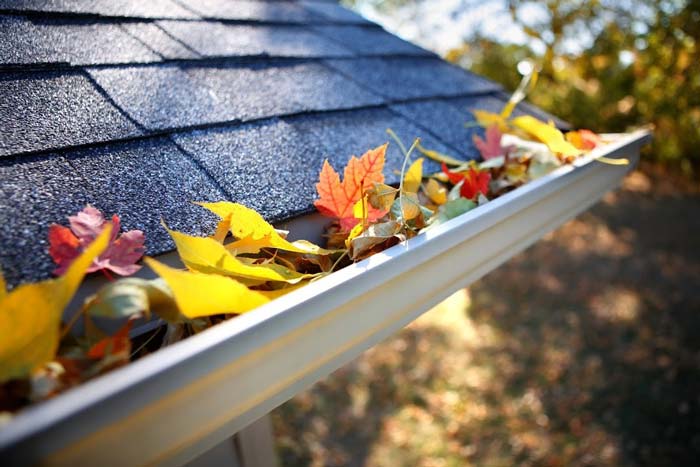5 Steps to Take to Keep Moss From Growing on Your Roof

Moss growth can be unsightly and damaging to your roof; moss causes water to get backed-up on your roof, which can lead to water damage. If you see moss growing on roofs in the neighborhood or on your roof, you can take proactive steps to prevent further growth.
1. Always Trim Nearby Trees
When tree branches grow over your roof, they provide shade for your home, which can help keep the temperature cool. However, all that shade also helps create a perfect environment for moss to thrive and grow. Moss needs a shady and moist environment to grow, and overhanging trees create this environment. Trim back the branches on any trees near your roof. You don’t have to cut down the trees that provide your home with shade; you just need to make sure their branches don’t grow over your roof. A professional tree cutter can help you with this task.
2. Clean Your Gutters on a Regular Basis
Next, keep your gutters as clean as possible. Clean your gutters out a few times a year. When debris has a chance to build-up in your gutters, the material can decompose, and moss, as well as other vegetation, can start growing inside of your gutters and spread to your roof as well. Additionally, when you have debris growing in your gutters, water cannot properly flow through your gutter system and could run down your siding or pool up around the foundation, both of which can be damaging to your home. If you don’t have the time or ability to clean out your gutters, many roofing companies provide a seasonal gutter cleaning service.
3. Keep Debris off Your Roof
When debris, like large branches, build up on your roof, the debris can cause water to build up as well. Water, along with shade, are the two elements necessary for moss to grow. If you ever spot a big branch or other debris sitting on your roof, remove the debris right away.
4. Install Metal Strips
Keeping moss off your roof can be a preventative process as well as a reactive one. You can keep moss off your roof by installing metal strips. Copper, zinc, and lead are three types of metal strips that will keep moss off your roof. Rain creates molecules from the metal that leak out onto your roof. These molecules will kill any mold or algae they come into contact with. The presence of these metal molecules will also prevent mold and algae from taking root in the first place. These metal strips are installed around the top of your roof, to ensure the metal molecules, when rinsed away, protect your entire roof. You can also change out the basic flashing on your roof with copper or zinc flashing instead. This will ensure more metal molecules on your roof, providing you with further protection.
5. Install Algae-Resistant Shingles
Finally, you can install algae-resistant shingles on your roof. Mixed-up in the granules of these shingles are small copper and zinc particles that help keep moss and algae from growing on your roof. You can replace damaged and worn-out shingles on your roof with algae-resistant shingles. Or if all the shingles on your roof are worn-out, and it is time to replace your roof, replace your old asphalt roof with ones that are algae-resistant. Algae-resistant asphalt shingles reduce maintenance and wear on your roof. If you have moss on your roof, call A-1 Roofing and we will help you get rid of the moss as well as come up with a plan to prevent moss from growing on your roof in the future.
